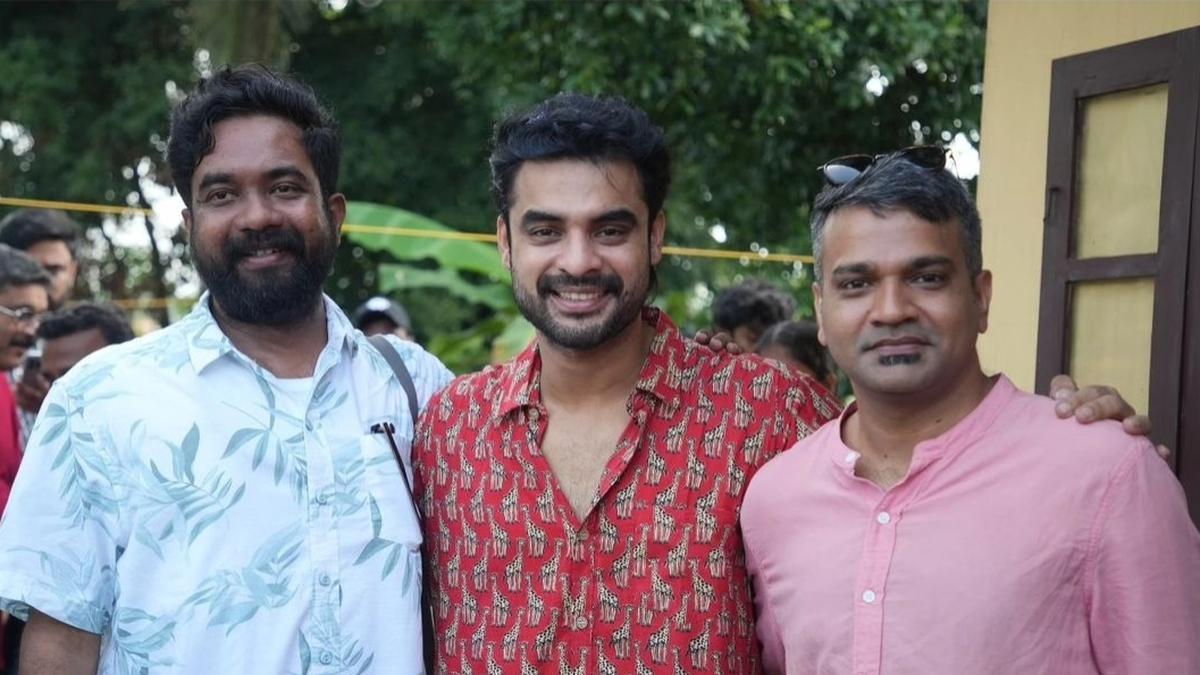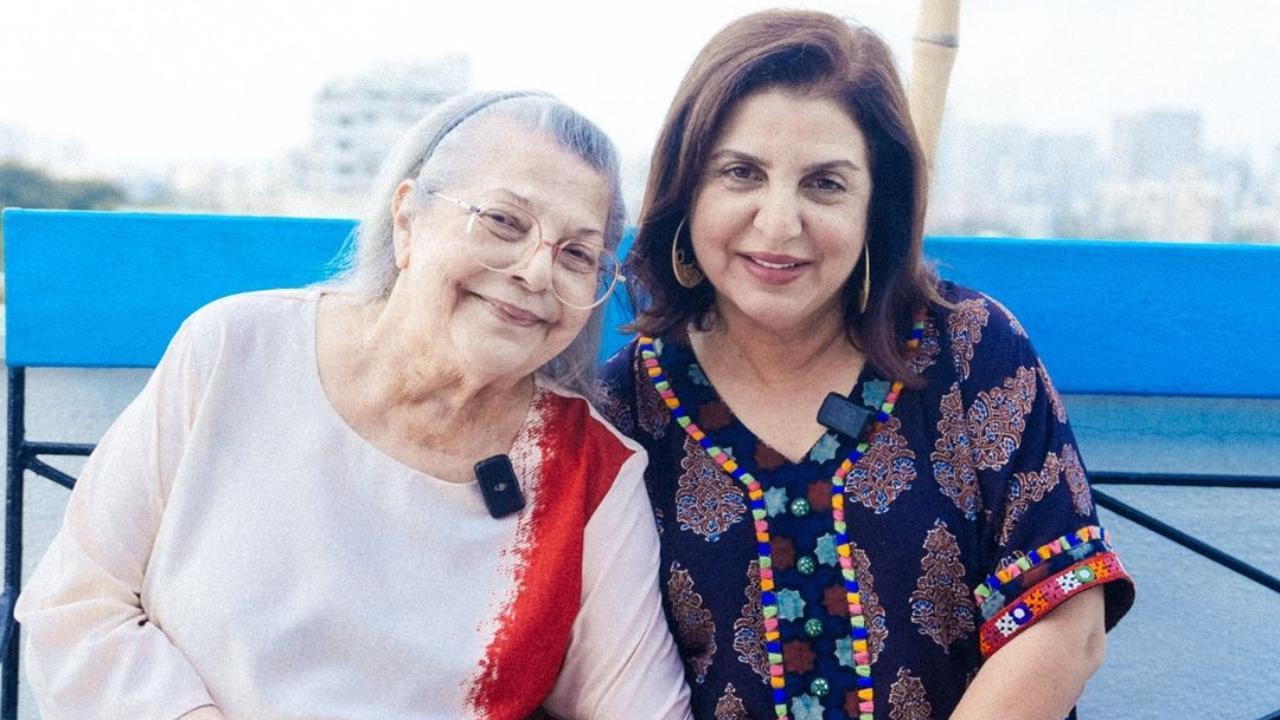
The India Meteorological Department (IMD) had forecasted a severe heatwave will prevail in Delhi, Punjab, Haryana, Uttar Pradesh, and Rajasthan for the next three days, giving no relief to residents from the unrelenting heat. As the mercury soared to unprecedented levels in the national capital, Delhi residents braced themselves for what is turning out to be one of the most severe heatwaves in recent history.
On Tuesday, Mungeshpur in Delhi emerged as the hottest area in the city, with the maximum temperature recorded at a staggering 49.9 degrees Celsius. Najafgarh was close behind, hitting 49.8 degrees Celsius, while Narela matched Mungeshpur’s blistering 49.9 degrees Celsius. Pitampura and Pusa also reported scorching temperatures of 48.5 degrees Celsius, showcasing the widespread intensity of the heatwave engulfing the city.
The Safdarjung observatory, which is considered the official marker of the city’s temperature, recorded a peak of 45.8 degrees Celsius. This was a significant 4.7 degrees above the normal temperature, underlining the exceptional nature of this heatwave. The figure from the Safdarjung observatory often serves as a critical reference for weather statistics and records pertaining to Delhi. This sudden and severe rise in temperature has left Delhi residents struggling to cope with the extreme heat conditions.
In Delhi, a red alert is currently in place due to the severe heatwave conditions. The weather office has forecasted that the maximum temperature on Tuesday will again reach the vicinity of 46 degrees Celsius. This consistent high temperature is expected to add to the plight of Delhiites, who are already battling the heat. Meanwhile, the minimum temperature has been relatively milder, standing at 27 degrees Celsius, but still uncomfortably high for any significant relief.
The heatwave has brought the daily lives of people to a standstill, as outdoor activities have become extremely challenging due to the sweltering heat.
. The elderly, children, and those with pre-existing health conditions are particularly vulnerable during such conditions. Medical professionals have issued advisories urging people to stay hydrated, avoid direct sunlight, and take essential precautions to mitigate the risks associated with heat-related illnesses.
Over the next three days, the IMD has predicted that Delhi, alongside Punjab, Haryana, Uttar Pradesh, and Rajasthan, will continue to face the brunt of this severe heat wave. The IMD’s warnings emphasize the need for the population to be vigilant and take necessary protective measures during this extreme weather event.
The current heatwave can be attributed to a combination of factors including global warming and urban heat island effects. The high concentration of heat-absorbing surfaces like roads and buildings, limited vegetation, and high levels of pollution exacerbate the temperature rise in urban settings. These conditions are more pronounced in a densely populated metropolis like Delhi, turning the city into a heat trap.
Government authorities have been actively trying to mitigate the adverse effects of the heatwave. Measures include ensuring adequate water supply, setting up temporary shelters for the vulnerable population, and advising people to stay indoors during peak heat hours. Public places such as parks and community centers have been equipped with cooling stations to offer respite to those who need it.
However, the plight of those who work outdoors, such as laborers and street vendors, remains severe. Employers have been advised to adjust working hours or provide additional breaks to ensure that workers are not subjected to prolonged exposure to the harsh conditions.
On social media, residents have been sharing their experiences and innovative ways to stay cool. Many have taken to creating makeshift cooling devices and swapping tips on the best ways to stay indoors and hydrated. This has fostered a sense of community among those who are collectively enduring the extreme weather.
In the bustling streets of Delhi, the heatwave presents both immediate health challenges and long-term implications for urban living. As climate change continues to manifest in more frequent and intense heatwaves, cities like Delhi need to be prepared with robust infrastructure and adaptive measures to protect their residents from such extreme weather events. The current situation underscores the importance of sustainable urban planning and proactive climate action to safeguard the future of urban populations.
While residents are doing their best to cope, the continued collaboration between weather forecasters, government authorities, and the community is crucial in battling the relentless heat and mitigating its impacts on day-to-day life in Delhi. The IMD’s ongoing updates and forecasts will remain a critical tool in navigating the challenging days ahead.










